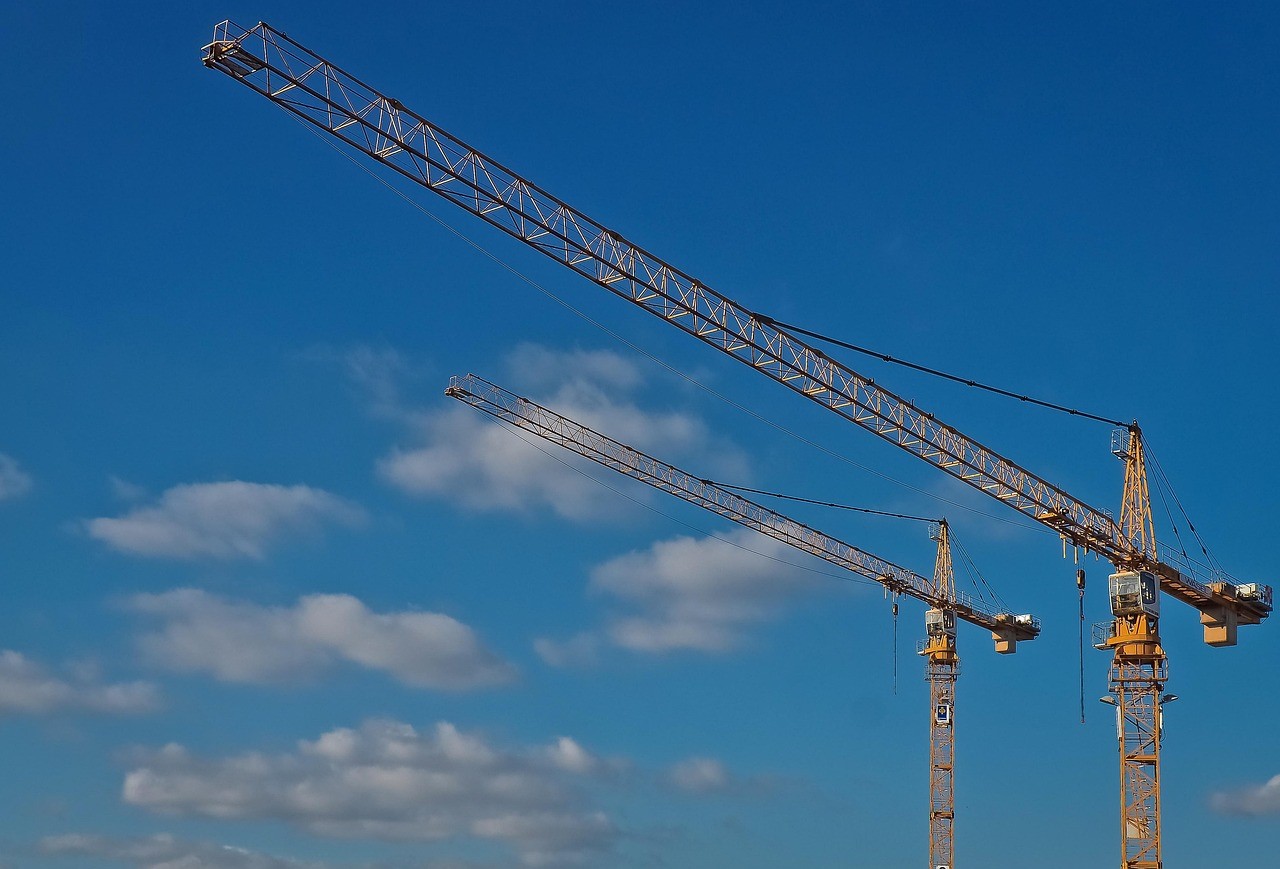In industries where lifting, weighing, or force measurement is essential, having the right equipment is critical to safety, efficiency, and accuracy. Two devices commonly used for these tasks are crane scales and dynamometers. While they might seem similar, each has distinct features that make it better suited to specific applications.
Understanding the differences between crane scales and dynamometers can help you make a better decision for your operation, whether you’re working in construction, shipping, manufacturing, or mining.
Let’s take a closer look at what sets them apart.
A crane scale: what is it?
An instrument used to determine an object’s weight while it is suspended from a crane or hoist is called a crane scale. Positioned between the hook and the load, it provides an accurate reading of the force (weight) being exerted downward due to gravity.
These scales are ideal when moving massive loads that are impractical to weigh on a platform scale. Instead of relocating cargo to a stationary system, a crane scale weighs it mid-air during lifting operations. This not only saves time but also improves workplace safety by reducing unnecessary handling.
Typical industries using crane scales include:
- Shipping and logistics
- Heavy manufacturing
- Steel and metalworking
- Construction and mining
Key Features of Crane Scales:
- High-capacity ratings, often several tonnes
- Robust build to handle harsh environments
- Wireless displays for safer, easier monitoring
- Built-in overload protection to prevent equipment failure
It is essential to emphasise the benefits of crane scales, including enhanced operational efficiency through direct load weighing during lifting, reduced handling risks, and maintained accuracy even in challenging environments. They streamline processes, enhance workplace safety, and offer unmatched convenience for many industries where moving heavy materials is part of daily operations.
What is a Dynamometer?
Dynamometers, often called “dynos,” are tools used to measure tension, pulling force, or compression in cables, chains, and structural components. They are designed not only for vertical applications but also for horizontal or angular force measurement.
In industries like oil and gas, marine operations, and structural testing, dynamometers help verify that cables, anchors, and load-bearing structures are performing safely under tension.
Typical uses for dynamometers include:
- Monitoring tension in mooring lines
- Load testing cranes and lifting equipment
- Cable pull testing during construction projects
- Measuring towing forces for vehicles or boats
Key Features of Dynamometers:
- Versatile force measurement (tension, compression, dynamic loads)
- Lightweight, portable designs
- High-accuracy wireless telemetry options
- Suitable for both fieldwork and lab environments
Crane Scales vs Dynamometers: Core Differences
While both tools measure force, they differ in their main applications and operating styles:
| Feature | Crane Scale | Dynamometer |
| Primary Measurement | Weight (vertical force) | Tension or compression forces |
| Main Use | Weighing suspended loads | Load testing, tension monitoring |
| Portability | Heavier, semi-permanent setups | Lightweight, easy to transport |
| Measurement Range | Very high weight capacities | Broad force ranges available |
| Orientation Flexibility | Vertical only | Multi-directional |
Crane scales excel when you need to lift and weigh heavy items as part of a lifting process. Dynamometers are better for testing pulling forces or monitoring load tension where directionality matters.
Choosing the Right Tool
When deciding between a crane scale and a dynamometer, consider the following factors:
- Nature of Force: If you are purely lifting vertically, a crane scale is the go-to. If you are pulling, tensioning, or compressing, a dynamometer is likely better.
- Capacity Requirements: Ensure the tool’s rated maximum exceeds the heaviest or highest force you plan to encounter.
- Environmental Conditions: Choose rugged, waterproof models if you’ll be working outdoors or in tough industrial settings.
- Real-time Data Needs: Both crane scales and dynamometers offer wireless options. However, dynamometers often have more advanced telemetry for dynamic force tracking.
- Certifications and Safety Standards: Look for calibrated equipment that meets your industry’s regulatory requirements.
Why Choose Meltrons Australia?
Selecting quality equipment is just as crucial as choosing the right type of equipment. That’s where Meltrons Australia comes in.
Meltrons is a trusted name across Australian industries, offering high-performance crane scales and dynamometers engineered to tackle real-world challenges. Our products are built for harsh conditions, delivering consistent, reliable readings where it matters most — on worksites, in factories, and on docks across the country.
We understand that downtime and inaccuracies can be costly. That’s why every product we offer is backed by rigorous testing, calibration services, and expert support. Whether you need a rugged crane scale for weighing steel beams or a precision dynamometer for load testing offshore equipment, we have a solution designed to meet your needs and exceed your expectations.
Our commitment to quality, safety, and customer satisfaction has made Meltrons Australia a preferred partner for businesses serious about lifting, weighing, and tension measurement solutions.
Conclusion
At first glance, crane scales and dynamometers might seem interchangeable. However, choosing the right one boils down to understanding your application: lifting and weighing for crane scales, or measuring tension and pulling forces for dynamometers.
With the right tool, you can ensure safer, more efficient operations and avoid costly mistakes. And when it comes to finding durable, reliable solutions you can trust, Meltrons Australia proudly provides both crane scales and heavy-duty dynamometers to meet the demands of Australian industries.
